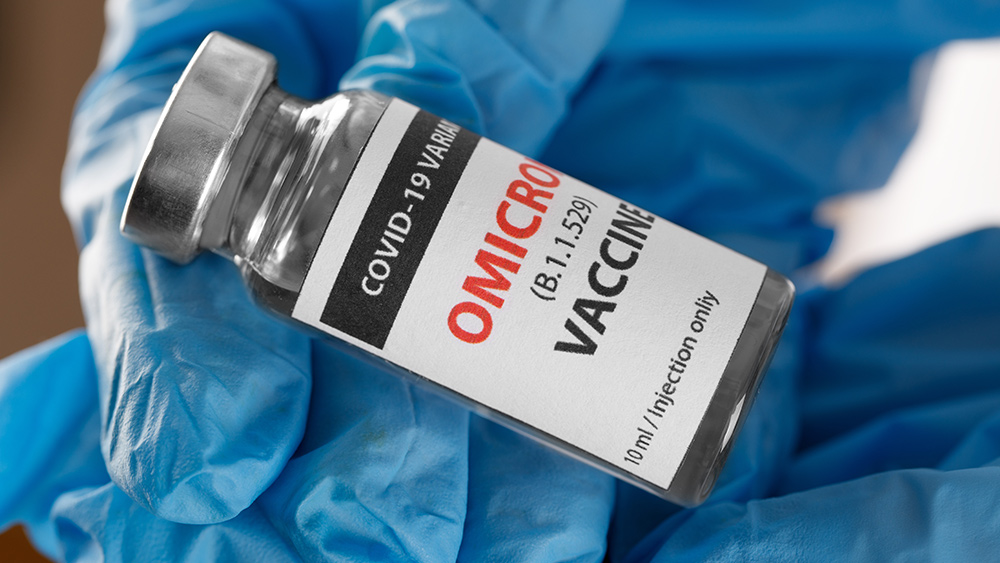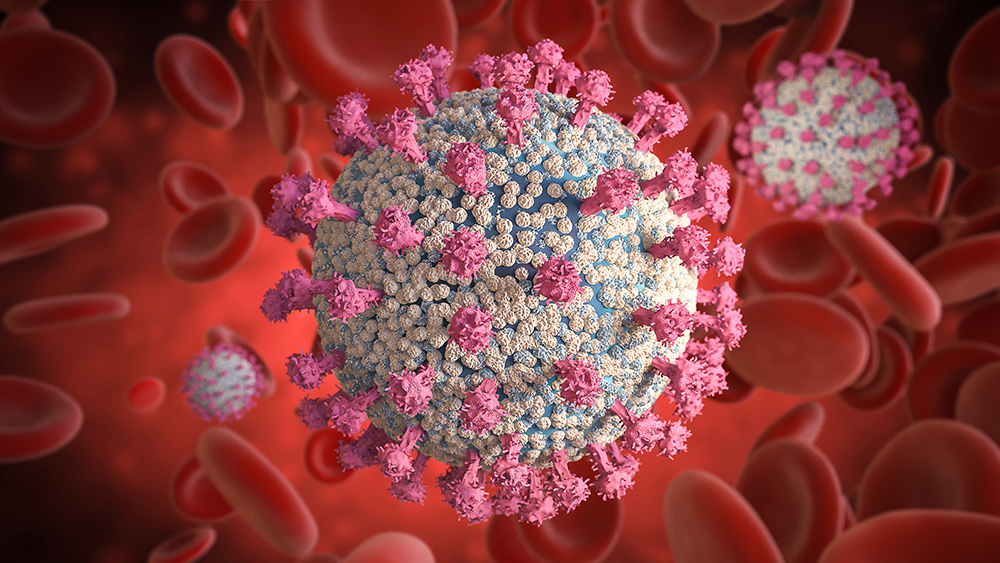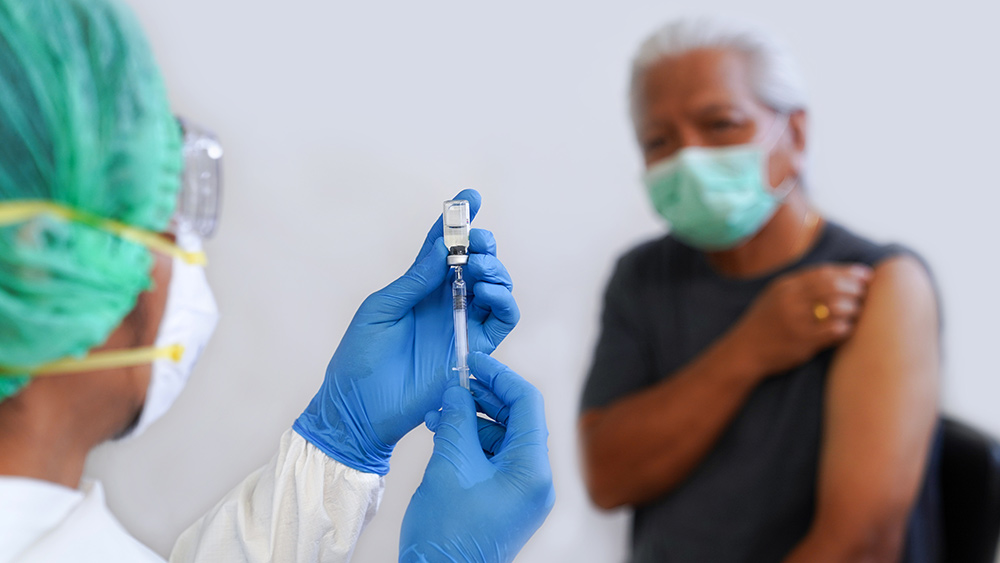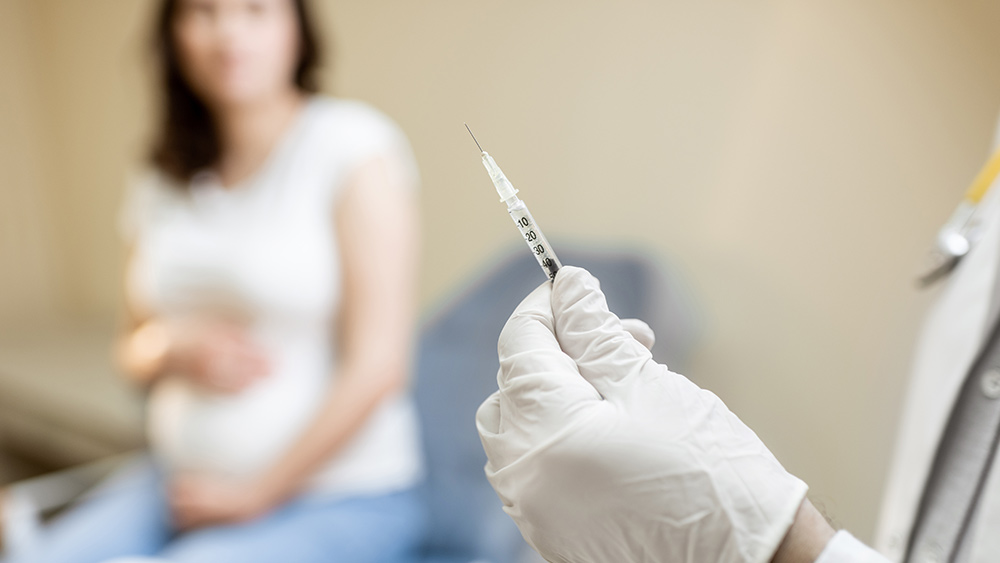The truth about animal studies: Do they really model human health?
12/14/2020 / By Michael Alexander

Animals such as mice, rabbits, dogs and monkeys are widely used as surrogates for humans in fundamental medical and pharmaceutical research and are often subjected to controversial procedures designed to give them the symptoms of human diseases.
This practice, according to its proponents, is important since it allows scientists, journalists and the public to draw parallels between animals and humans in the context of illnesses and potential treatments.
In addition, many defend the practice as it is allegedly not as rife with ethical issues compared to human experimentation.
Despite the continued support it gets from the medical and pharmaceutical community, however, the practice of using animals in biomedical research is fast gaining an army of critics, most of whom are quick to point out that the results achieved by using animals do not necessarily mirror the results that can be seen in humans.
Where and when did animal experimentation start?
According to historical records, the first experiments to be performed on animals in the name of medicine happened during the height of the Babylonian and Assyrian empires.
“The earliest written records of animal experimentation date to 2000 BC when Babylonians and Assyrians documented surgery and medications for humans and animals,” Kirk Maurer, an expert from the Center for Comparative Medicine and Research at Dartmouth College, and Fred Quimby, an expert from Rockefeller University, said.
In a chapter in the book Laboratory Animal Medicine, Maurer and Quimby argued that while animal models do offer insight into the human body in the context of medicine such as the mechanism behind blood flow and genetics, they are still very limited by the fact that they do not mirror humans but are merely surrogates.
“A model serves as a surrogate and is not necessarily identical to the subject being modeled,” the two authors said.
What are the benefits of animal experimentation in medicine?
The practice of using animal models in medical experiments, according to its proponents, is hinged on the fact that most human diseases affect other animals.
“The use of animals is not only based on the vast commonalities in the biology of most mammals, but also on the fact that human diseases often affect other animal species,” Francoise Barre-Sinoussi and Xavier Montagutelli, from the Institut Pasteur in Paris, France said, citing common diseases such as type 1 diabetes, hypertension, allergies, cancers and epilepsy, all of which can also be found in animals.
This, the two experts said, is the reason why 90 percent of veterinary drugs are similar to those used on humans.
Aside from that, the two said, many new treatments such as cancer immunotherapy can be traced back to the use of animal models.
Experts: Results of tests on animals dangerous, not applicable to humans
For all their contributions to modern medicine, however, animal models and the results gleaned from their use in trials, are never fully valid, according to researchers Pandora Pound, from the Safer Medicines Trust, and Merel Ritskes-Hoitinga, from Radboud University Medical Center.
According to the two experts, this is mainly because of the models’ differences from humans.
The two experts made the remark in a results paper published in the Journal of Translational Medicine, in which they targeted the pharmaceutical industry, which is known for having a significant requirement for animal studies at the stage before a drug is allowed to proceed to clinical trials.
“While many factors contribute to the poor rates of translation from bench to bedside (including flawed clinical trials), a predominant reason is generally held to be the failure of preclinical animal models to predict clinical efficacy and safety,” Pound and Ritskes-Hoitinga said, citing an incident from 2006.
The incident, which happened in London and has since been dubbed “The Elephant Man Trials” or the “TeGenero Incident,” was a phase I trial for an experimental drug called TGN1412, which was meant to manipulate the body’s immune system in order to treat leukemia and other autoimmune diseases such as arthritis.
The drug at that time was judged to be safe for human trials after macaque monkeys injected with it showed no problems.
The men injected with the drug, however, soon developed severe reactions to the drug, with one requiring amputations due to tissue damage as well as extended hospitalization due to multiple organ failure.
While all participants of the now-infamous trial survived, their immune systems have been reported to be damaged for life.
What is the future of animal testing in medicine?
As noted by several experts, it is difficult to enact sweeping reforms or changes in animal testing within the pharmaceutical, medical and cosmetic industries since there are no global standards to refer to.
Despite this, however, many laboratories have started to design procedures that, at the very least, lessen the stress and pain lab animals feel during their procedures. (RELATED: Frankenstein experiments combine human and animal DNA in the name of “science”)
“Animal welfare is paramount — if the animal is not well, then the results of your experiments will be meaningless,” Jo Neill, a professor of psychopharmacology at the University of Manchester, said.
Another laboratory, run by Michael Emerson from Imperial College London, aims to develop a new approach to using mice in experiments that would normally result in their deaths.
The new method developed by Emerson, as reported by the National Centre for the Replacement, Refinement, and Reduction of Animals in Research (NC3Rs), has since resulted in significant improvements such as reductions in the number of animals used in a particular study.
In addition, developments such as cultured human cells can not only help wean laboratories off animal models but also deliver more human-relevant results than experiments performed on animals.
Sources include:
Translational-Medicine.BioMedCentral.com
Submit a correction >>
Tagged Under:
Animal abuse, animal studies, biomedical research, ethics, laboratory animals, organ transplants
This article may contain statements that reflect the opinion of the author
RECENT NEWS & ARTICLES
COPYRIGHT © 2017 RESEARCH NEWS




















